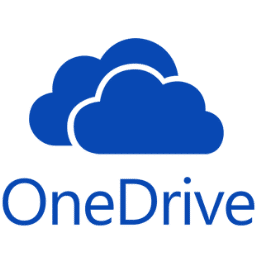
Microsoft OneDrive Download
Microsoft OneDrive app helps store, sync, and share files online from any device with cloud access.
Software details
Software Description
Microsoft OneDrive is a file storing program developed by Microsoft. It was initially released in 2007 and has undergone numerous revisions in order to enhance the way people store and share files. The program assists individuals to store their documents, photos and other files securely in the cloud and also allows them to retrieve those files using other devices.
The Features
Microsoft OneDrive is a personal and work file management cloud-based tool. It is part of Microsoft 365 and also comes as an independent application. It enables users to store files online rather than in a single computer. This assists in file sharing and safety. These are some of the features of Microsoft OneDrive:
- They can be applied by individuals, families or teams
- Stores files safely and automatically backs up files
- Can be accessed via computers, phones or tablets
- Allows users to share files using links with particular permissions
- Maintains version history to allow restoring of past changes
- In-built compatibility with Microsoft Office products such as Word and Excel
- When necessary, files can be availed offline
- Drag and drop uploading of files
- Personal Vault provides additional security of sensitive objects
- Automatic backup of photos and videos on a device is possible
- Searching feature assists in the search of files easily
- Enables synchronization of folders PC and cloud
- Enables feedback and sharing of files
- Photo scanning and fast uploading are supported by mobile app
No Complicated Set Up
Microsoft OneDrive is easy to operate and does not require additional hardware and complex configurations. All one has to do is log in using a Microsoft account. It does not have high system requirements and the app is already integrated in windows. Since it is compatible with cloud storage, there is no necessity of USB drives or external hard disks to transfer or secure files. It is helpful to those individuals who desire to have their data handled in an easy and secure manner without having to purchase additional storage devices.
Simpler than the Traditional Backup Systems
OneDrive is simpler to handle as compared to the conventional backup systems. It automatically updates files and makes them neat. In case of loss or damage of files, they can be restored. OneDrive does the updates in the background unlike the older methods where the user had to save the files on CDs or drives. It does not demand special measures or programs to be known by the users. Individuals who have used Microsoft Word or Excel will find it easy to integrate their work with OneDrive as the two systems are made to be compatible with each other.
File Control in the cloud
The process of using OneDrive is easy to learn even by a novice. It allows users to manage their files using such tools as folder organization, sharing settings, and sync status. The files are stored in the cloud, yet they can be downloaded in case of necessity. It is possible to organize files into folders and configure their sharing with other people. In case you are collaborating with a group of people, you can observe changes in real time. Its cloud-based design is convenient to change the devices and be able to access all you need.